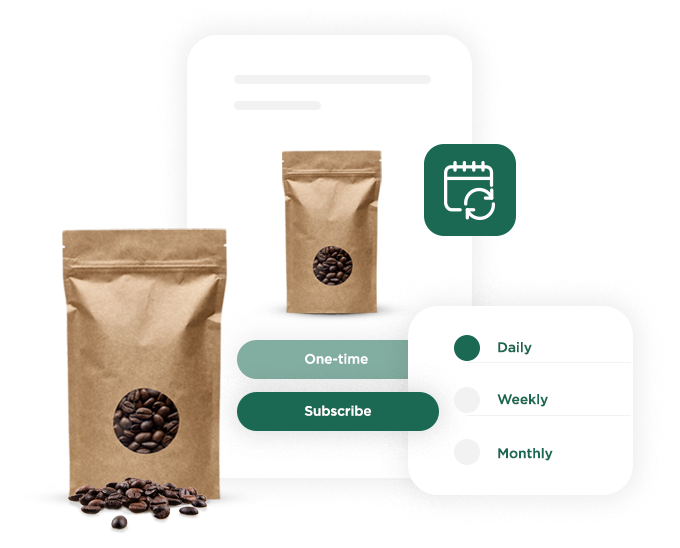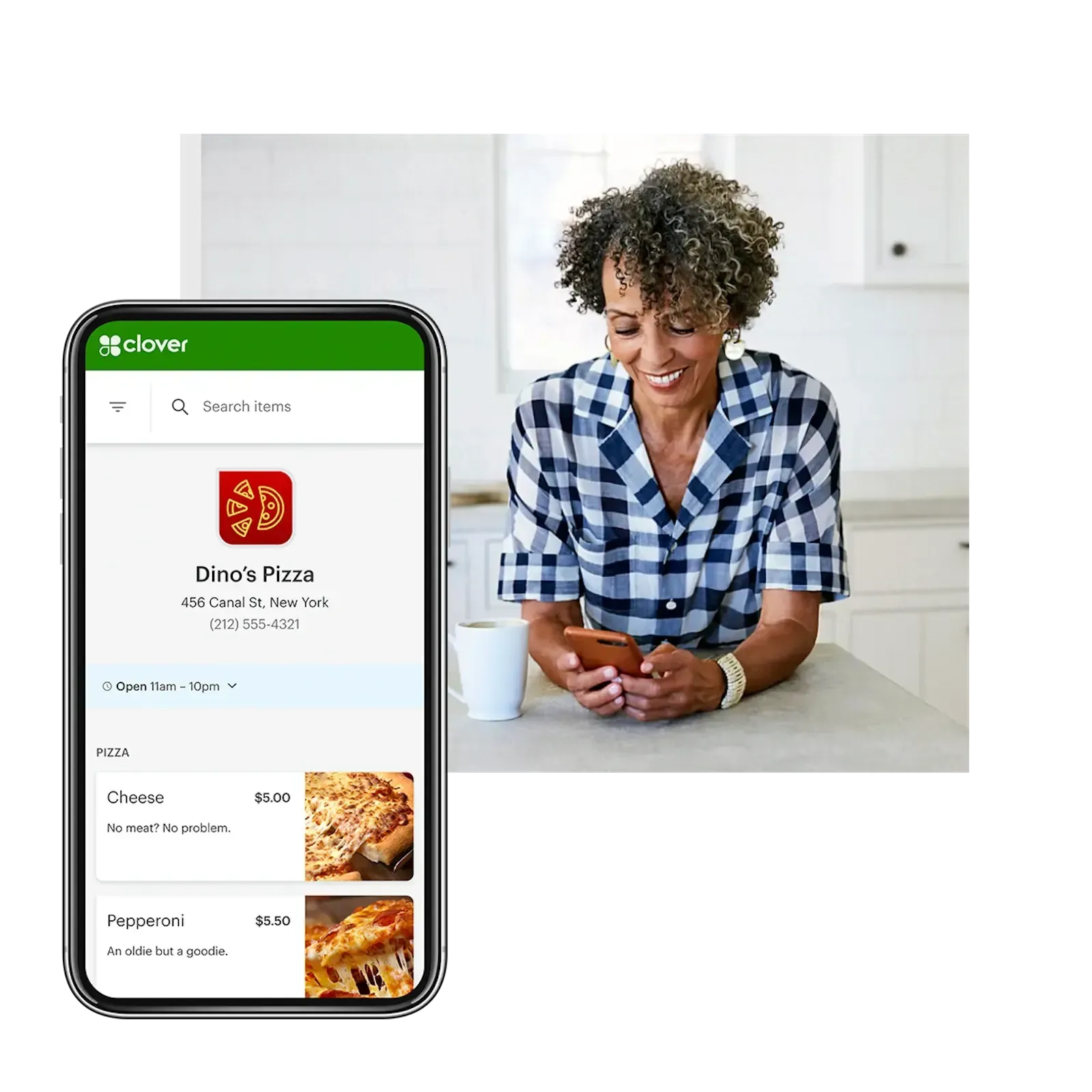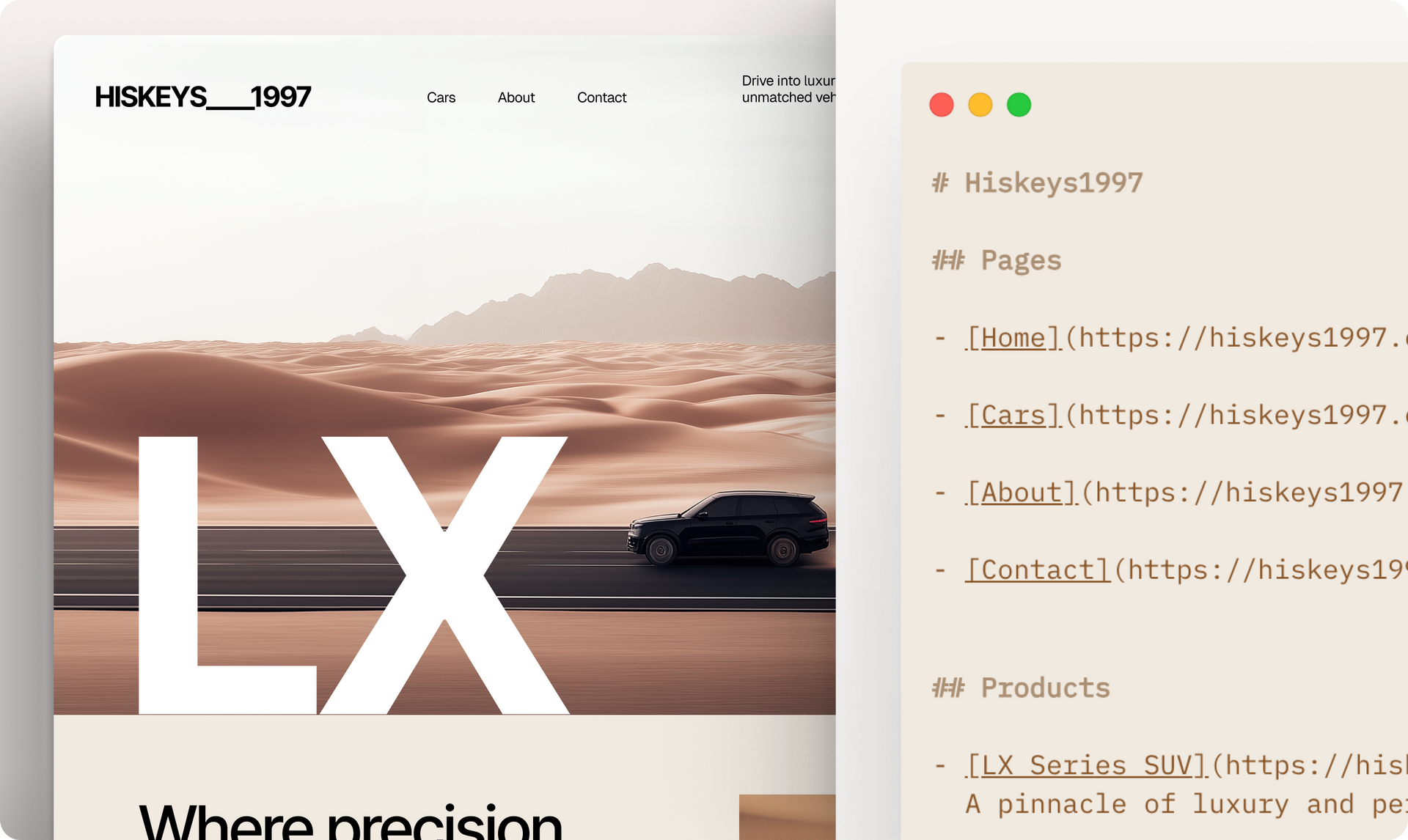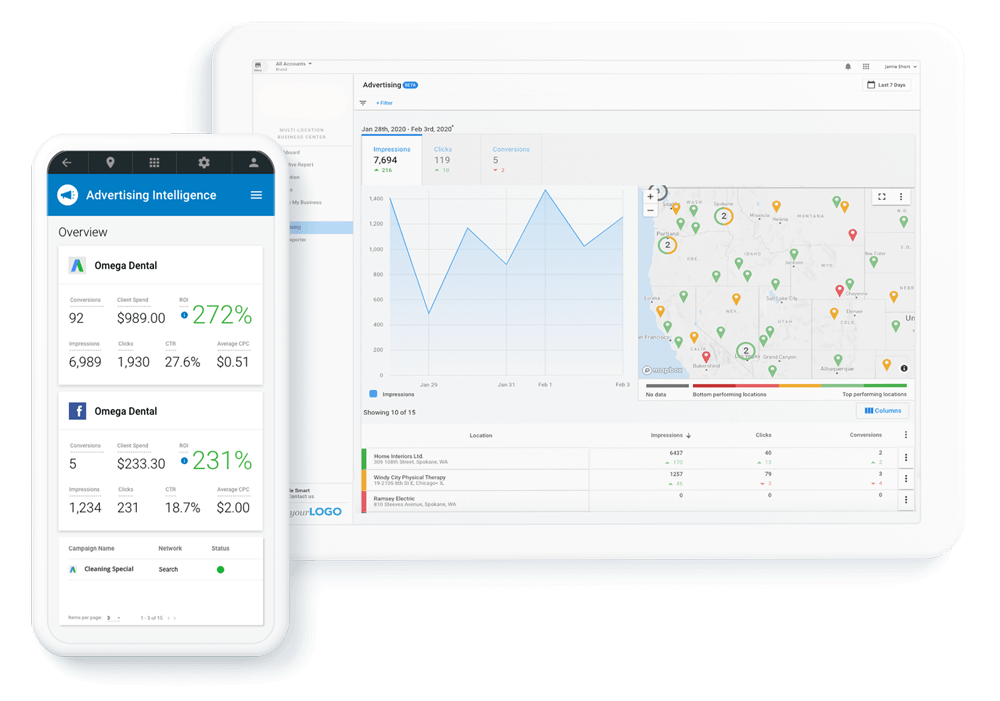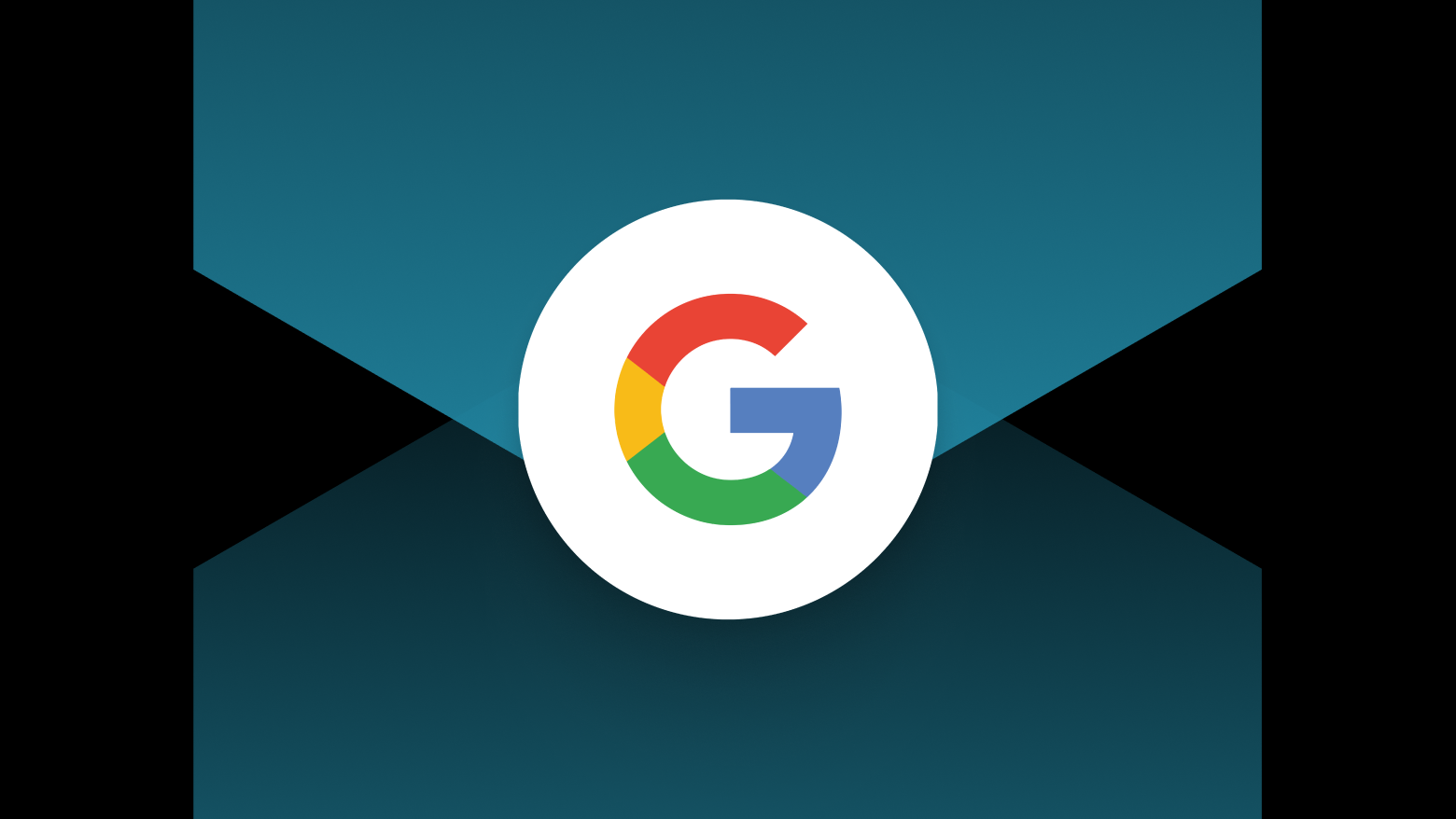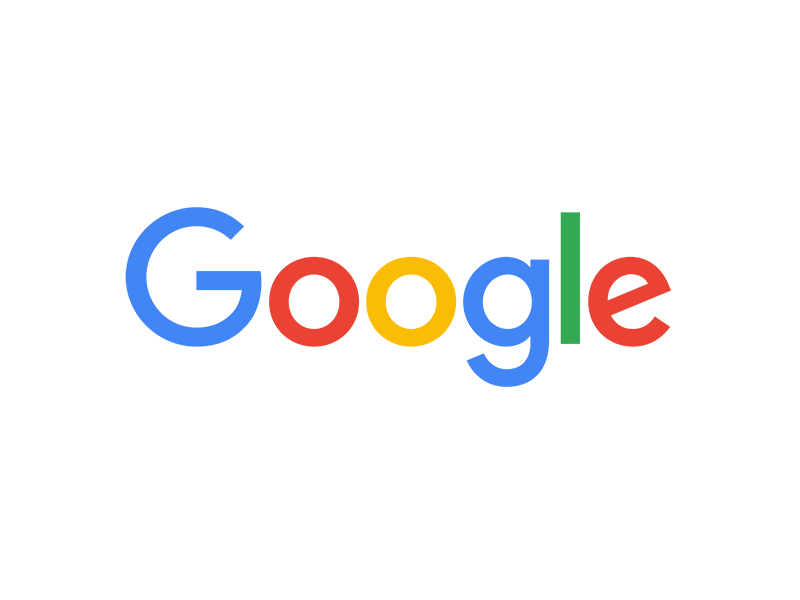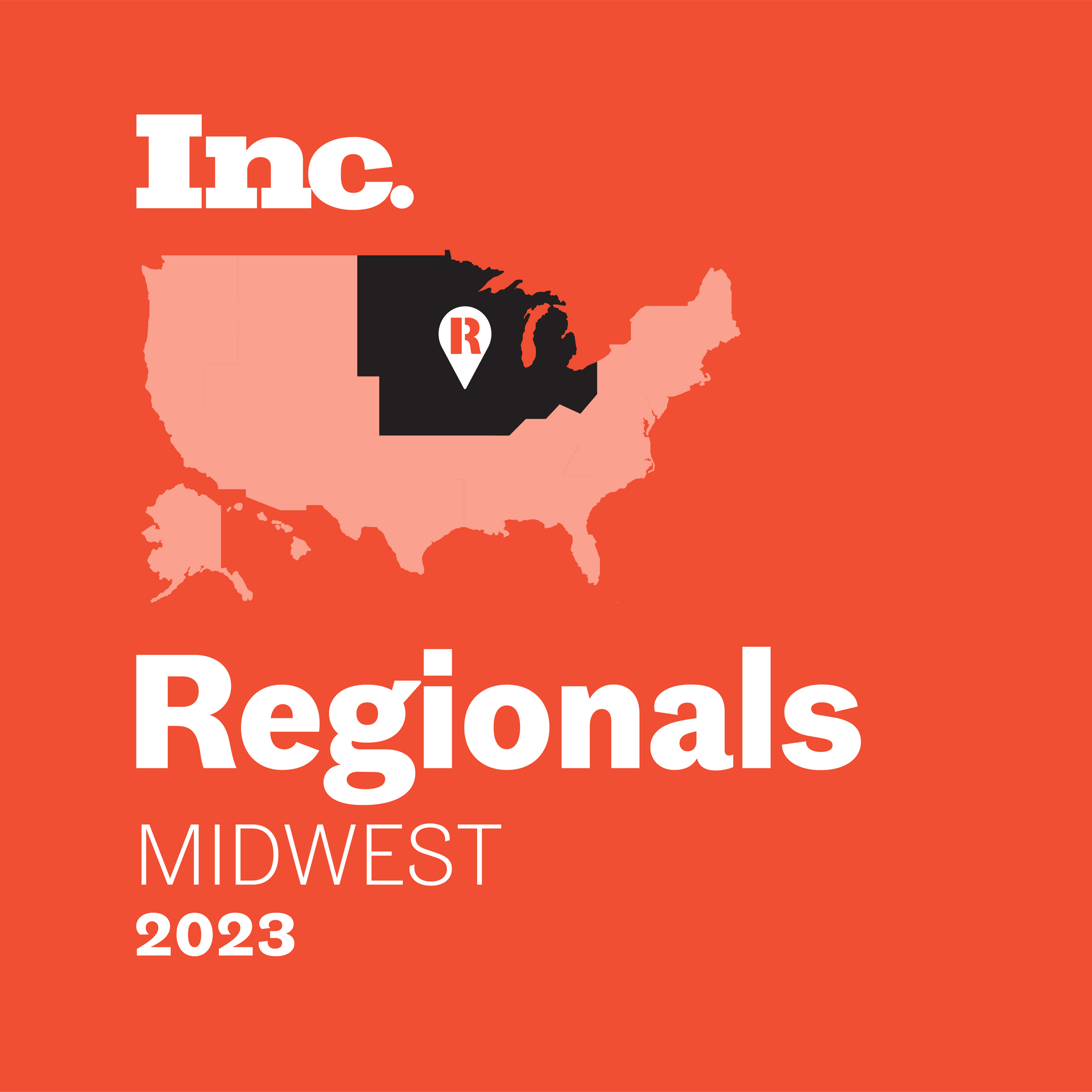Advertising Strategies for the Holiday Season
The holiday season is coming fast! This time of year is crucial time for businesses of all sizes. Now is when people are spending the most money, both in person and online. This is the perfect time to start an advertising campaign.
However, with so many businesses competing for attention, how can you make sure that your advertising stands out? The key is creating a holiday ad strategy—and to get started early.
Whether you’re a brick-and-mortar store looking to drive traffic to your physical location or an online store trying to increase sales, you can do a lot to optimize your advertising strategy to make the most of the holiday season.
Specify Audience and Budget
Before you start developing an ad strategy, think about who you want to reach—and the budget you can afford to help you achieve your desired results.
We can’t stress enough how important it is to know your audience. Knowing your audience will help you create a message that will resonate with them. Are you targeting families? Businesses? Kids? Adults? Each group will respond differently to different messaging, so it’s essential to tailor your approach accordingly.
Once you have a good understanding of your audience, you can allocate your budget accordingly. Make sure you’re not spreading yourself too thin by doing too many things at once—focus on a few key areas and do them well.
What Ad Platform to Use?
During the holiday shopping season, consumers look for inspiration on social media. That’s why social networks like Facebook and Instagram are fantastic tools for reaching new audiences during the holidays (and beyond).
You might already post on your business pages on social media, but using paid ads on these platforms lets you reach even more people.
Running ads on Facebook and Instagram is an excellent option because their targeting software is better than most ad platforms. You can target consumers based on interests, behaviors, demographics, age, connections, locations, or languages. You can even target your competitors’ followers.
Let’s dive into the three pillars of an effective advertising strategy: audience building, engagement, and conversions. To make sure people buy from you, you need them to learn about and interact with your brand. Only then will they buy something from you.
The strategy below will help you create three types of ads to run before and during the holiday season to increase your sales—and reduce ad costs.
Step 1: Build Your Audience
Audience building is extremely important for running a successful ad campaign. If people don’t know anything about your brand, it’s much harder to persuade them to buy from you.
If you’re asking somebody to buy from you before they know anything about you (unless you sell an impulsive kind of product), you’re going to pay a really expensive cost per conversion.
So first, you want to run ads that are specifically designed to bring new people into your ecosystem and get them to know your brand. These ads are not the ones that will bring you sales right away. Instead, they will get you new followers for your social media accounts. They will become your customers later, when they know about you and are accustomed to your brand.
To build an audience, create ads that introduce your business to new people. These can be videos telling the story behind your brand, or behind the scenes showing how you make your product.
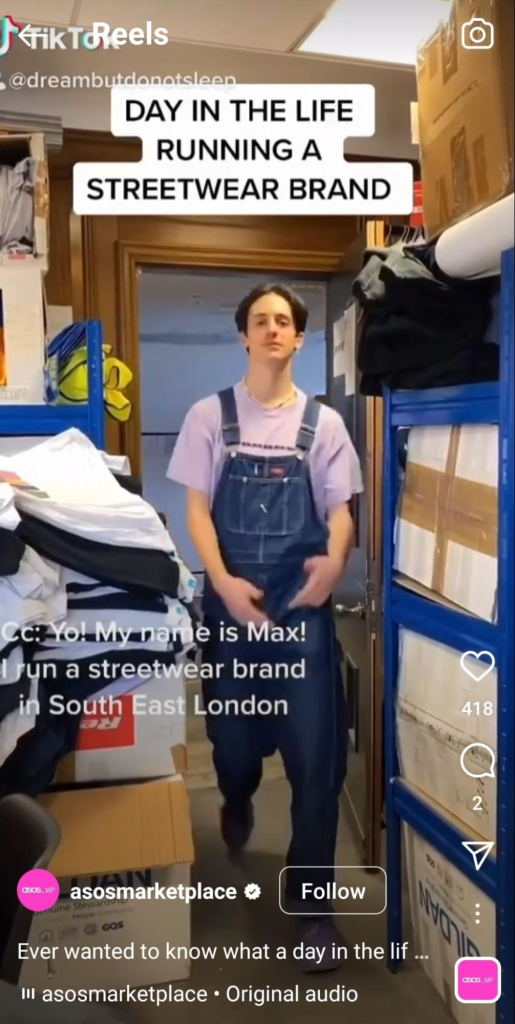
You need to start running these audience-building ads before holiday shopping starts. Typically, you want to run them in September and early October. This way, when people actually start buying presents for their loved ones, they have your brand at the top of their minds.
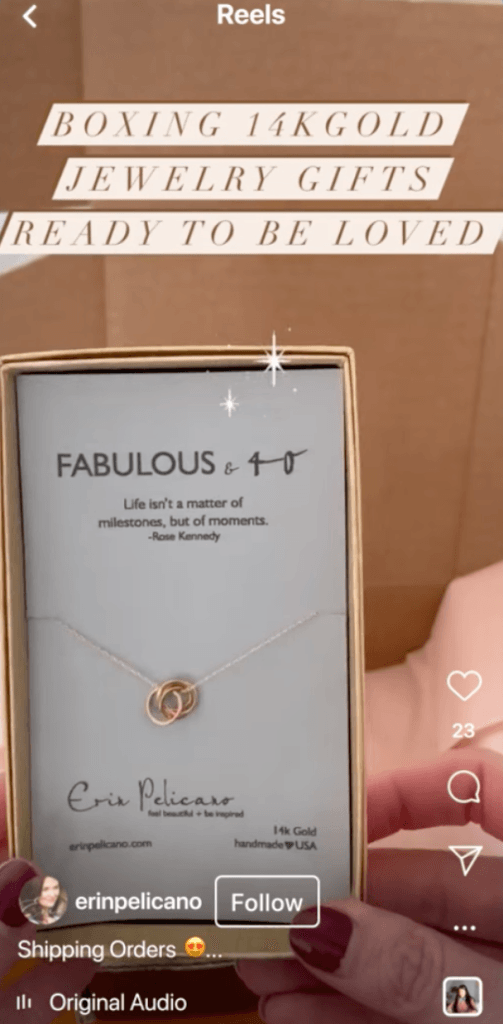
Once you have built your audience, you need to keep your followers engaged, even if they’re not ready to buy your product yet.
To make an ad that engages your audience, your goal is to get as much interaction from your audience as possible: likes, shares, comments, and saves.
Start by highlighting your products’ unique selling points. You need to hit some pain points of your target audience and show how your product solves those problems. You can also use customer testimonials in your ads to show potential customers that you’re a business that can be trusted.
You have another tool in your pocket: holiday-themed content! Playing into the holidays can help engage your audience. People generally look for inspiration on social media, but especially during the holidays. And festive content is always fun!
Take advantage of the season by creating holiday-themed videos or posts featuring your product. This is a great way to engage with your audience and get them excited about your products or services.
Step 3: Convert Your Audience
So you’ve built an audience and created lots of engagement ads. It’s about time to start a traffic campaign! With these ads, you want customers to click on your website and go to your online store.
These ads should be product-heavy. Go into detail about the benefits of your product and how your customers will benefit from it. Answer the most common questions you get about your product, show it in use, and share videos and pictures of your customers using your product.
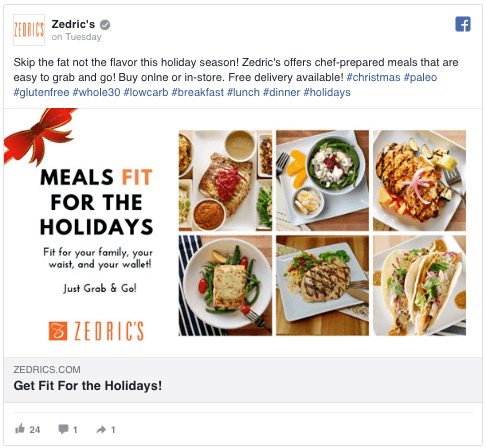
It’s vital to use call-to-actions (CTA) in ads focused on converting your audience into customers. For example, you can offer a discount or get creative with the CTA language.
Best Practices for Holiday Advertising
When setting up advertisements for the holidays, you should make sure your ads are compelling. The following advice will help you fine-tune your ads for the holiday season and get more eyes on your products.
Use Emotion in Your Advertising
You want to connect with potential customers this holiday season. One way is to use emotion in your advertising.
We all know that the holidays can be a stressful time, so why not use your advertising to show potential customers that you understand how they’re feeling? You can do this by using empathetic language in your ads or showing how your product or service can make their lives easier during this busy time of year.
Either way, using emotion in your advertising will help you connect with potential customers on a deeper level, and make them more likely to convert.
Make Use of Seasonal Keywords
Seasonal keywords are essential for driving relevant traffic to your website or store during the holiday season. People search for specific items this time of year, so make sure your ad copy includes relevant keywords that will help them find what they’re looking for.
Keep in mind that competition for these keywords is higher during the holidays, so you may need to adjust your budget accordingly.
Offer Holiday-Themed Discounts and Promotions
Everyone loves a good deal, so why not offer some holiday-themed discounts and promotions in your advertising? This is a great way to catch the attention of potential customers while helping you boost sales during this important time of year.

Track Your Results
Finally, don’t forget to track your results! With data, you can adjust your strategy as needed. Pay attention to which ads perform well and which ones aren’t getting much traction. By tracking your results, you’ll be able to fine-tune your approach and make sure that your advertising dollars are well spent.
To Sum Up
If you want your business to thrive this holiday season, it’s vital to get strategic with your advertising efforts. By knowing your audience, creating compelling advertisements, and tracking your results, you can create a foolproof plan that will help you achieve your desired results. You’re now well on your way to driving relevant traffic to your store, increasing sales, and making the most of the holiday season.

